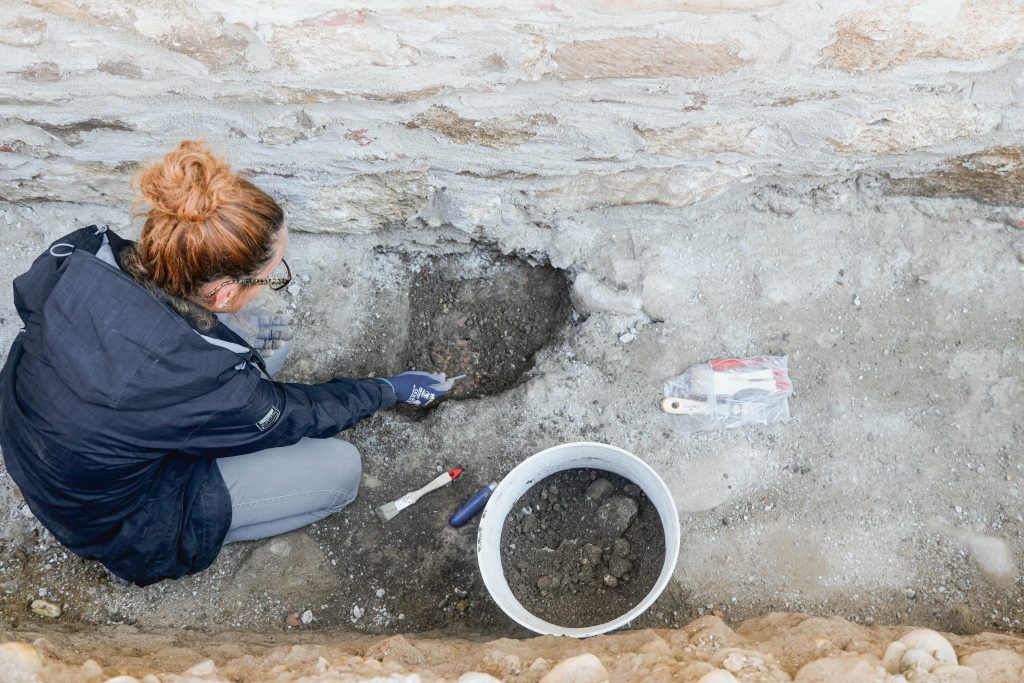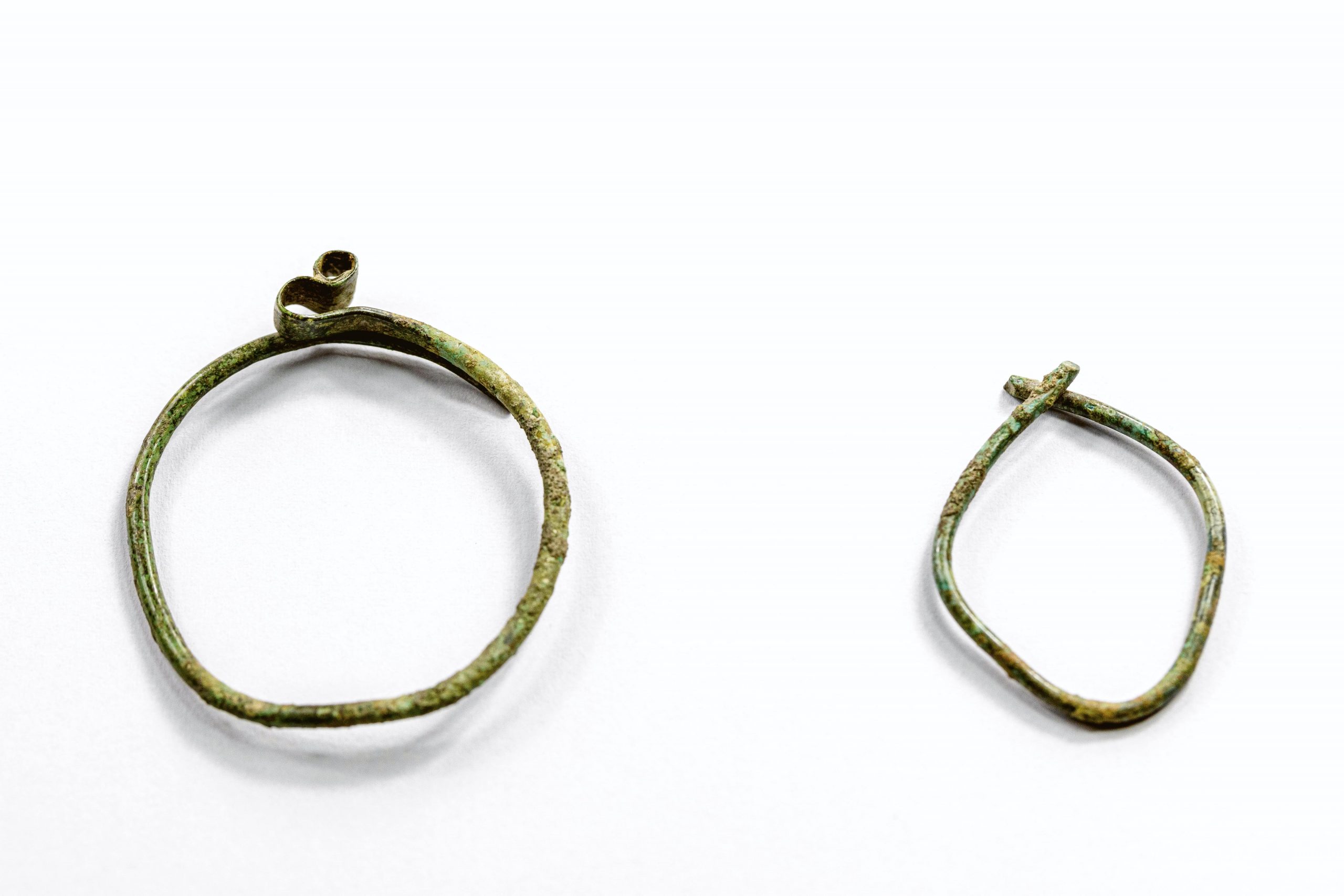New Archeological Findings in Ludbreg, Could be a Part of Bjelobrdo Culture
November 19, 2020 – Mayor Dubravko Bilić says that the new archeological findings in Ludbreg are proof that it has always been a desirable place to live.
As Lokalni.hr reports, the project "Improvement of continental tourism through tourist valorization of the historical and cultural heritage of the City of Ludbreg", worth 18 million kuna, gives increasingly visible results. The promenade and Zanatski trg (The Craft Square) have been arranged, and the Hotel Crnković has been renovated.
"We have always known that Ludbreg has the potential for tourism development. Through this project, we got the opportunity to present to the general public what the people of Ludbreg already know, and that is that people have lived here since time immemorial,“ said Mayor of Ludbreg Dubravko Bilić.
Part of the project is the arrangement of the cemetery of the Parish Church of the Holy Trinity, where interesting findings were made during drainage and archaeological supervision.
Late imperial period
"The works started on the west side of the cemetery, and at a depth of 1.20 meters, an irregular stone wall connected with plaster was found. Given that the excavation did not expand and that we do not have all the data, we do not know what exactly it is about. In 2009, the Croatian Restoration Institute carried out sounding research on the inside of the cemetery, and on that occasion, walls were found on the west side, one of which continues on the outside. It is an object of unknown purpose that can be dated to the late imperial period. Back in 1973, when the Archaeological Museum in Zagreb conducted soundings in Ludbreg, they found a silver earring, made of bent wire and bent in the shape of the letter S, which can be dated to the 10th and beginning of the 11th century. It was assumed that the earring came from the cemetery next to the church, which was located on the site of today's church," explains a young archaeologist Jelena Koprek from the Center for Culture and Information in Ludbreg.

The City of Ludbreg
She adds that guided by this assumption, they started digging a drainage trench on the north side of the cemetery. The project is co-financed by the European Regional Development Fund through the Operational Program Competitiveness and Cohesion.
Seven graves were found at a depth of 1.50 meters. All the deceased were laid on their backs and oriented in a west-east direction with their heads to the west.
"We found iron nails next to the head of the deceased in some graves, so it is to be assumed that the deceased were buried in wooden coffins that rotted over time. In three graves, along with the deceased, findings that place them in the 10th and early 11th centuries were found. The findings with which we dated these graves are earrings, ie links made of bronze wire with a bent end in the shape of the letter S, which was also found in 1973. The findings can be attributed to the Bjelobrdo cultural complex, but only after further research, it will be possible to confirm it accurately," says Koprek.

On the left: earring made of bronze wire with a bent end in the shape of the letter S; on the right: plain earring with endings crossing one over the other / The City of Ludbreg
Archeological park to be opened soon
Mayor Bilić notes that it is important for the City of Ludbreg to enable citizens to start engaging in tourism, either as an additional job or profession, through projects they are implementing, and thus to see their future there.
"The findings in the very center of the city are not new, but thanks to this project we will finally be able to show them to others. The new findings are just proof that we have always been a desirable place to live," concludes Mayor Bilić.
The town of Podravina, known for its wonders and legends, will soon open the doors of the archeological park.
Bjelobrdo culture
According to Hrvatska enciklopedija, Bjelobrdo culture, or Bijelo Brdo (White Hill) culture is predominantly Slavic culture of the early Middle Ages (10th – 12th centuries), widespread in the Pannonian plain. It is named after the cemetery in Bijelo Brdo near Osijek. In Croatian, the most important sites are located in Vukovar, Josipovo, Kloštar Podravski. Row cemeteries without grave architecture are what characterizes Bjelobrdo culture, and among the grave goods, jewelry (simple rings, rings with an S-shaped end, grape-shaped earrings, necklaces, rings), iron tools and weapons, and ceramics stand out.
To read more news from Croatia, follow TCN's dedicated page.


